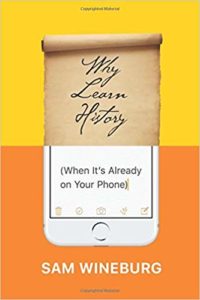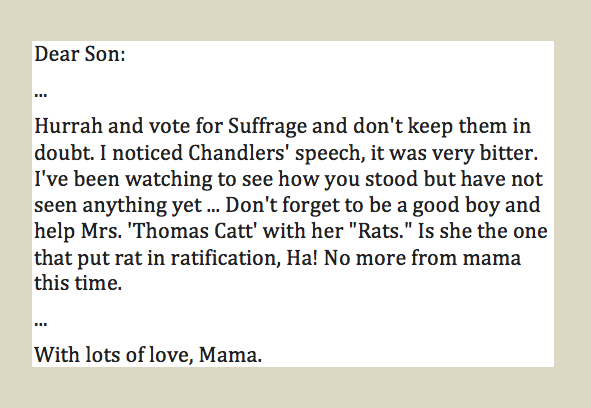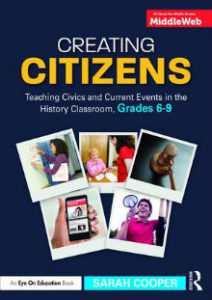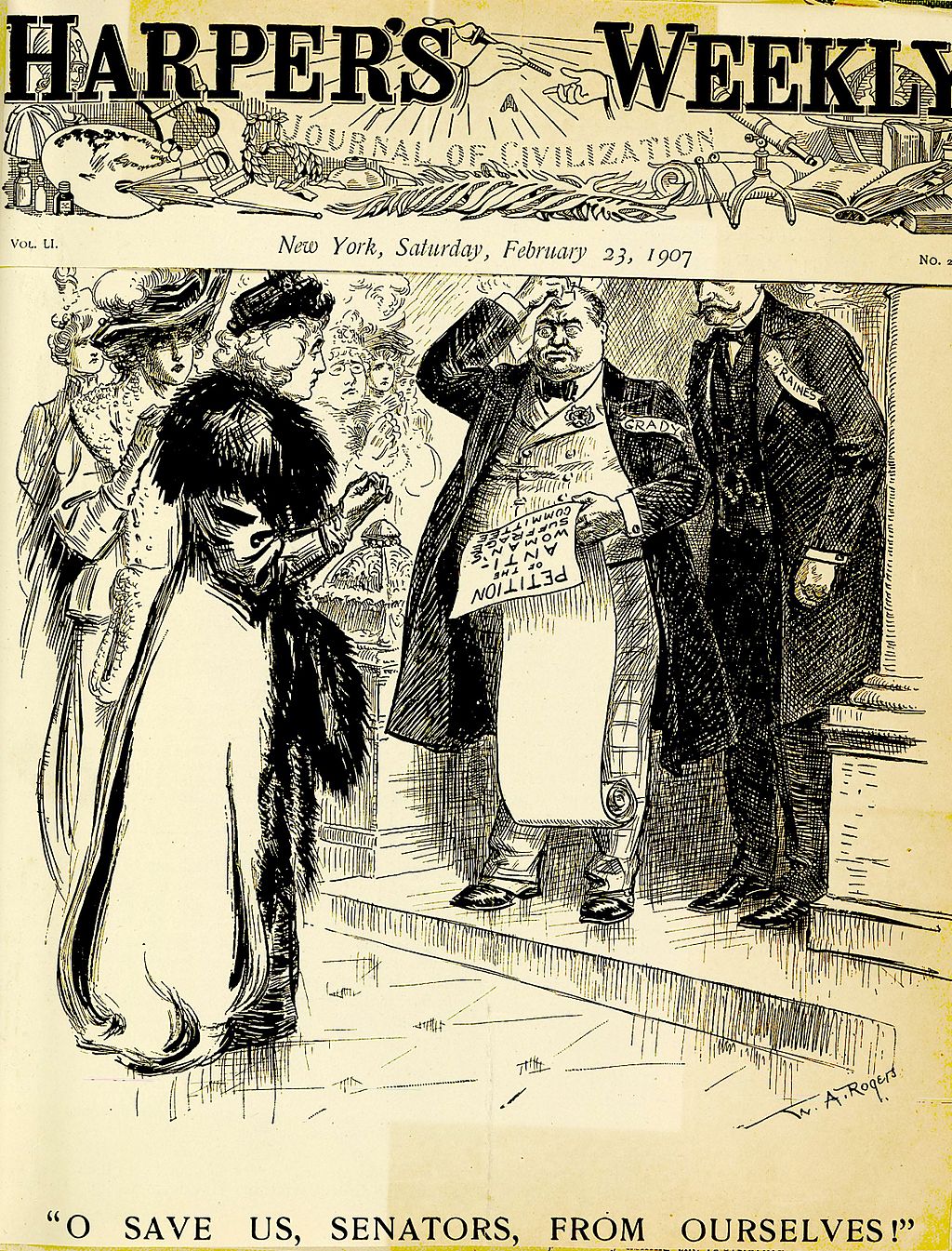The Top Skill We Can Teach Our Students
A MiddleWeb Blog
 Why do we want to make our students into historians?
Why do we want to make our students into historians?
Not because even a fraction of a percent of them might become writers or professors – but because “doing history” teaches life skills hard to learn anywhere else.
Recently I came across as powerful a description of “doing history” as any I’ve read, one that made me want to convince my students, once and for all, that giving context – ensuring accuracy in the face of incomplete information – is paramount.
According to Sam Wineburg, Stanford professor of history and education, history is “an intellectual enterprise that requires piecing together a cogent and accurate story from partial scraps of faded words” (83).

And yet the necessity of sifting through sources is exactly Wineburg’s point in his astonishing new book, Why Learn History (When It’s Already on Your Phone) – which I wrote about once already in a recent column. It’s a book that turns traditional Internet searching on its head.
In fact, Wineburg argues, it’s at the precise moment when we are bombarded by facts, whether historical or current, that we need to be especially vigilant. If not, we run the risk of cherry-picking details that support our argument and ignoring those that don’t.
As he continues later in the book, “History humbles us when it acquaints us with our ignorance. Even the most esteemed historian cannot possess the knowledge needed to reconstitute the past in every era and region” (100).
Yet often in our research assignments, we ask students for certainty, even as we know that professional historians cannot always be certain.
In my own classes, I’ve been more apt to ask students which sources they’ve found rather than those they haven’t – to consider what they know rather than the gaps in their knowledge.
Testing Out the Power of Context
As luck would have it, right after I finished Why Learn History, I was using one of my favorite lessons from the Stanford History Education Group, which Wineburg directs.
The lesson covers anti-suffragists from the 1910s, with three easily digestible primary sources. I like it because the topic is counterintuitive (why would women not support women’s right to vote?), and it ties into a vivid historical film I often show during our reform unit, Iron-Jawed Angels (2004).
This year, I didn’t just ask the lesson’s straightforward questions, such as, According to these documents, why were people opposed to woman suffrage?To mix things up for myself – otherwise I will get bored, asking the same questions year to year, even with the best-loved plans – I also asked one of the lesson’s questions about context: What additional documents would you want to see to get a better picture of how people thought at that time?
I thought I would get one or two responses. Yet in all three of my sections, the answers poured out. The range was so interesting that I started writing down the people my students said they would want to hear from:
- A little girl
- A teenage boy
- Letters to suffragists
- Diary entries from Alice Paul while she was in prison (Occoquan Workhouse)
- A diary from a politician’s wife
- An African-American perspective, such as Ida Wells-Barnett
- Documents from considerate politicians about the work for change
- Men supporting the effort
- Someone who lived in a state with the right to vote for women already
- Police at one of the women’s protests
- Harry T. Burn, the Tennessee state representative who cast the deciding vote in 1920 in favor of the Nineteenth Amendment

From Febb E. Burn’s letter to Harry T. Burn, August 17, 1920, p. 6. Source: Wikipedia
In their responses, these eighth graders were essentially writing a dream research paper in their minds, with all the sources they could possibly want (existing or not) to give a full picture of women’s suffrage.
Applying the Power of Context
I would like to say that the students effortlessly applied this lesson on context to their own reformers research papers that they started the next week.
However, their work in finding sources, which I’ll talk about more in a future column, followed in fits and starts – because, I have to remind myself, that’s how research is!
It took time, several days in class, to find the “best” (or even “good enough”) sources, and even then I asked questions such as:
- Do you need an extra source to tell you more about this event?
- Is this journal article too specific?
- Is there another side to this story?
- Are you satisfied?
We Forget Context at Our Peril
In a book full of thoughtful caveats, one of the best that Wineburg offers is this: “The awareness that we cannot take at face value words from other times and places inspires a sobering caution.”
“Sobering caution” may seem too weighty a phrase when we’re talking about teaching energetic young adolescents how to do research. But after reading Wineburg’s book, I would argue that the future of our republic depends on taking such warnings seriously.




































